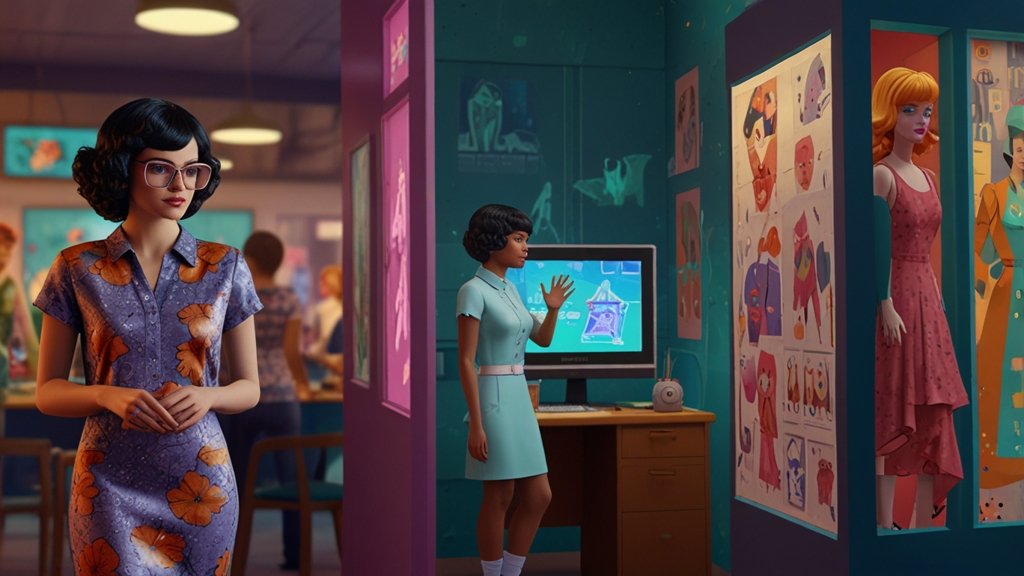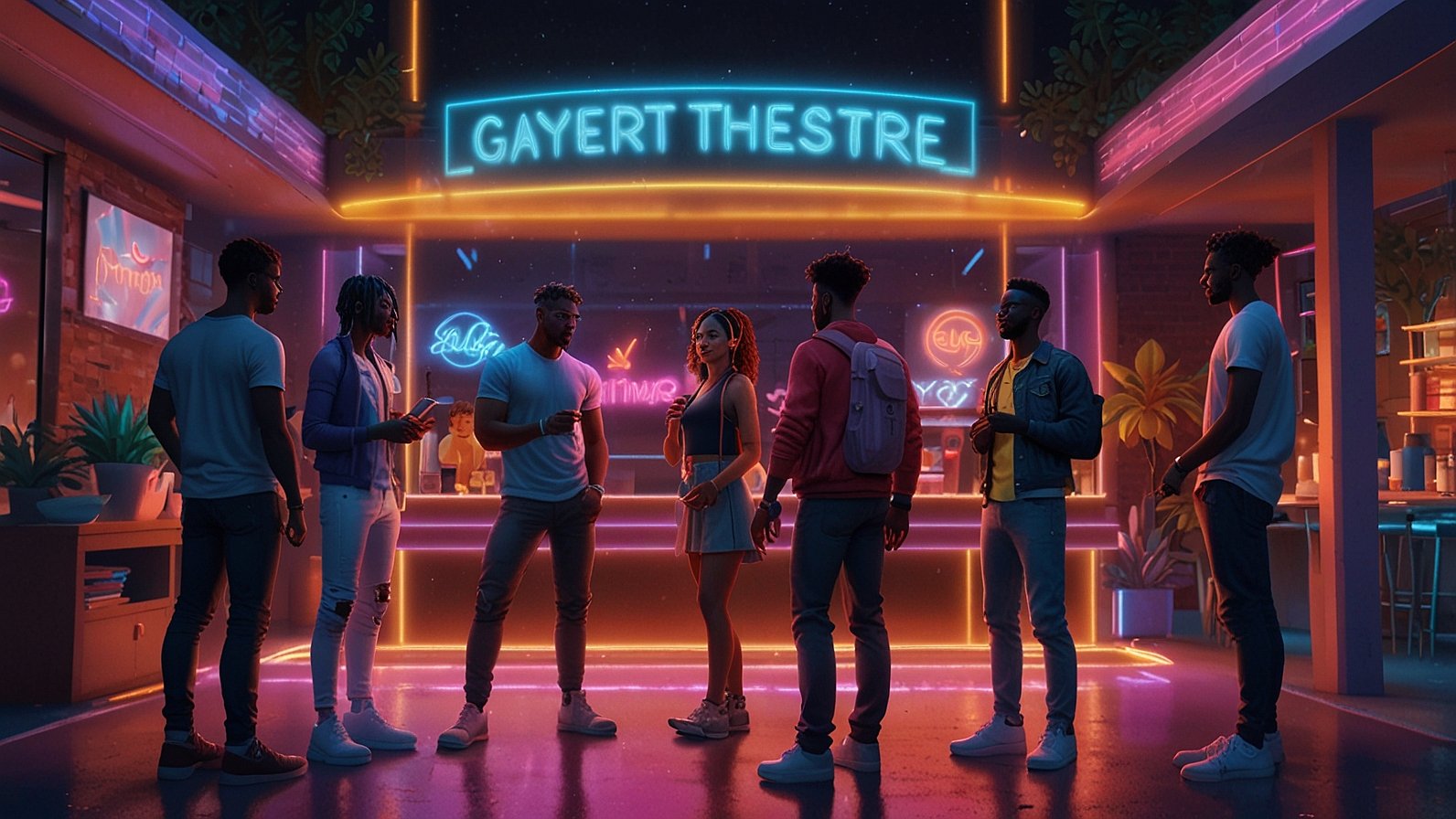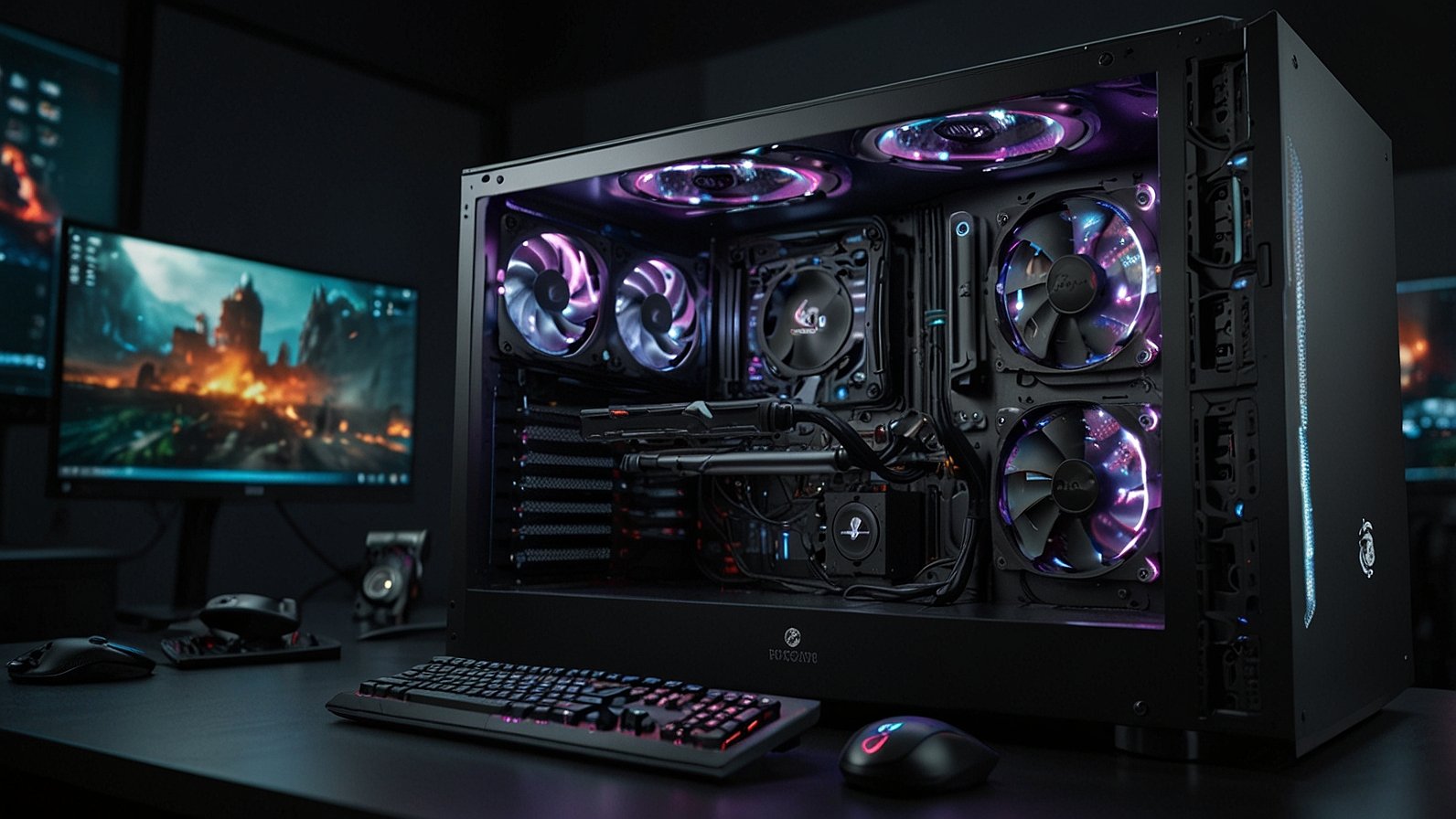(Hook) Remember meticulously cutting out paper dolls, fingers sticky with glue, agonizing over which tiny cardboard hat looked just right? Fast forward, and that same primal urge—to curate, create, and express—has exploded into a digital phenomenon generating billions. Seriously, billions. Barbie alone sold over a billion paper dolls. Now? That energy fuels an entire genre pulsing at the heart of online culture. Welcome to the fascinating evolution of dress up games, a journey from humble play patterns to a powerhouse genre defined by boundless creativity and deeply personal identity exploration.
Sticky Fingers & Scissors: The Analog Roots of a Digital Giant
Let’s rewind. Long before broadband, the core DNA of dress up games existed in physical form. Paper dolls, tracing back centuries, were the original customization sandbox. You had your base figure (often a celebrity, fictional character, or generic “lady”), and a stack of outfits held on by pesky paper tabs. The appeal? Control. Choice. Storytelling through style. Kids (and let’s be honest, many adults) weren’t just playing dress-up; they were acting as stylist, art director, and protagonist. Dollmakers like Betsy McCall in magazines cemented this as a mainstream pastime. It was tactile, imaginative, and deeply personal – even if your “evening gown” was prone to bending at the corners. This foundational itch—the desire to visually articulate identity and narrative through attire—never faded. It just needed a bigger canvas.
Pixels Take the Stage: Early Digital Dollmakers & The Flash Revolution
Enter the home computer. Early digital doll makers were gloriously simplistic. Think basic point-and-click interfaces on platforms like Neopets or dedicated kids’ software. You’d select a character (often with limited poses), then drag-and-drop pre-rendered clothing items. Clipping errors? Oh yeah, they were part of the charm. But the speed! Suddenly, changing an entire wardrobe took seconds, not minutes spent carefully aligning tabs.
Then came Flash. Oh boy, did Flash change everything. Around the late 90s and exploding in the 2000s, Flash-based fashion games flooded the internet. Sites like Doll Divine, Azalea’s Dolls, and countless others became digital meccas. Why the surge?
- Accessibility: Free, browser-based, no downloads. Click and play.
- Explosion of Choice: Artists could create incredibly detailed, thematic dolls and clothing sets – gothic lolita, historical periods, fantasy creatures, anime styles. The variety became staggering.
- Community Sharing: Forums and image hosting sites (remember Photobucket?) let players showcase their creations, fostering early online communities centered around digital style.
- Niche Nirvana: Found your tribe – whether it was princess dress up games, emo avatar makers, or celebrity style simulators.
This era democratized fashion play and proved there was a massive, engaged audience hungry for digital self-styling. It wasn’t just playing dress-up; it was creating digital art.
Beyond Barbie: The Genre Finds Its Digital Voice (and Audience)
As the genre matured, it shed the only-for-little-girls stereotype (though, honestly, that was always reductive). Developers realized the core mechanic – avatar customization – had universal appeal. Games started targeting broader demographics:
- Teens & Adults: Games focused on runway styling, managing virtual boutiques (Covet Fashion), or creating intricate anime dress up scenes.
- Narrative Integration: Dress up games became key features in larger RPGs, life sims, and social games (The Sims‘ iconic customization, MapleStory‘s extensive gear). Your style meant something in the game world.
- Artistic Expression: Platforms like Rinmaru Games emerged, offering sophisticated tools that appealed to digital artists using dress up as a starting point for illustrations.
The focus shifted from merely “putting clothes on a doll” to character creation as a form of personal storytelling and artistic output. The “doll” became a virtual model, an avatar, a canvas.
Mobile Mania & Social Swagger: Dress-Up Goes Everywhere
Smartphones were rocket fuel. Suddenly, fashion games weren’t confined to a desktop; they lived in your pocket. Mobile platforms offered:
- Hyper-Accessibility: Play anywhere, anytime – waiting rooms, commutes, that boring meeting…
- Freemium Models: Free-to-play with in-app purchases for exclusive clothing, hair, accessories. Games like Love Nikki: Dress UP Queen and Covet Fashion perfected this, building massive, paying audiences.
- Social Integration: Competing in styling challenges, sharing looks directly to social media, joining Fashion Houses. The social dress up aspect became crucial. Your creations weren’t just for you; they were for validation, competition, and community.
- Higher Fidelity: Improved graphics allowed for more detailed clothing textures, realistic fabrics, and sophisticated layering mechanics.
Paper Dolls vs. Digital Dress-Up: The Evolution Leap
| Feature | Traditional Paper Dolls | Modern Digital Dress-Up Games |
|---|---|---|
| Access | Physical purchase, magazines | Instant, global, often free-to-start |
| Variety | Limited by pack/artist | Nearly infinite, constantly updated |
| Customization Depth | Basic outfits, limited poses | Layers, colors, patterns, accessories, poses, backgrounds |
| Cost | Per pack purchase | Freemium (IAPs), subscriptions, ad-supported |
| Sharing | Show physically or maybe photograph | Instant social media, in-game communities, global competitions |
| Interactivity | Static poses | Animations, mini-games, story integration |
| “Mess” Factor | Scissors, glue, lost pieces! | Clean, instant changes, undo buttons! |
Also Read: Best Unblocked Games 67: You Need To Play Online
The Customization Crucible: Where Fashion Meets Identity
Here’s the core magic, the why behind the enduring appeal: dress up games are potent tools for personal expression and identity exploration. Think about it:
- Safe Experimentation: Want to try neon green hair, Victorian corsets, or cyberpunk gear IRL but feel hesitant? The digital runway has zero judgment. It’s a sandbox for exploring aesthetics.
- Visual Storytelling: Your avatar isn’t just dressed; it tells a story. Is she a fierce warrior princess? A cozy cottagecore baker? A sleek futuristic executive? The clothes are the narrative.
- Community & Belonging: Sharing a meticulously crafted gothic lolita look and finding others who get it? Powerful. These games foster micro-communities around specific styles.
- Control & Agency: In a chaotic world, curating a perfect digital look offers a tangible sense of control and accomplishment. It’s satisfyingly concrete.
It’s less about vanity, more about articulating the self. That’s a fundamental human need these games tap into surprisingly well.
More Than Just Pretty Pixels: The Unexpected Depth of Dress-Up
Dismissing dress up games as frivolous misses the mark. They offer more than meets the eye:
- Art & Design Fundamentals: Players engage with color theory, pattern mixing, silhouette, and composition intuitively. Is this clash intentional? Does that accessory balance the look? It’s visual literacy in action.
- Cultural Exploration: Many games feature historically accurate or culturally specific clothing, offering (when done respectfully) glimpses into different traditions and eras.
- Resource Management: In game-driven titles (Love Nikki, Covet), strategizing which items to acquire within budget constraints adds a layer of tactical thinking.
- Narrative Engagement: Games blending dress up with strong stories (Time Princess, Gacha Life narratives) use clothing choices to reflect character development and plot points.
- Digital Identity Crafting: For many, especially in online spaces, their meticulously crafted avatar is their primary identity representation. That’s psychologically significant.
Honestly, the depth here isn’t talked about enough. It’s far more sophisticated than just “picking a pretty dress.”
The Future Wardrobe: What’s Next for Digital Fashion Play?
So, where does the genre go from here? Buckle up:
- Web3 & Digital Ownership: Blockchain tech enabling true ownership of unique digital fashion items (NFTs) is already creeping in. Will players buy a one-of-a-kind digital gown? Some already are.
- AR/VR Try-On: Imagine using AR to “try on” your latest virtual model creation overlaid on your real-world self via your phone, or stepping into a VR boutique to style avatars in 3D space. The lines between digital and physical fashion will blur.
- Hyper-Personalization & AI: AI could generate custom clothing based on your unique style preferences or even body scan data for ultra-realistic avatars. Dynamic clothing that reacts to virtual environments? Possible.
- Metaverse Integration: As persistent virtual worlds develop, avatar customization will be paramount. Your dress up choices become your identity across multiple platforms.
- Sustainability Focus: Virtual fashion as a sustainable alternative to fast fashion is a growing talking point. Can dress up games promote this ethos?
The potential feels limitless. The core drive – to express ourselves visually – isn’t changing. The tools are just getting exponentially more powerful and immersive.
The Final Stitch
From painstakingly cut paper gowns to dynamically rendered digital haute couture in sprawling virtual worlds, the journey of dress up games is a testament to a fundamental human desire: the need to craft and project our identity. It’s more than frivolous fun; it’s a vibrant genre of creative expression, community, and surprisingly deep engagement. They’ve evolved from simple play patterns into a cultural force, democratizing fashion and empowering personal storytelling on an unprecedented scale.
As technology rockets forward, one thing feels certain: our digital closets will only get bigger, bolder, and more integral to how we interact and express ourselves online. The next time you meticulously style an avatar, remember – you’re participating in a rich legacy of creativity that started with paper and scissors, and is now stitching the very fabric of our digital future.
What’s the most unexpected or creative look you’ve ever crafted in a dress-up game? Share your style stories below!
You May Also Read: Snokido Unblocked: The Ultimate Free Online Gaming Experience
FAQs
Q: Are dress-up games really just for kids?
A: Absolutely not! While kids enjoy them, the core audience spans teens to adults. Games like Covet Fashion and Love Nikki specifically target older players with sophisticated styles, challenges, and narratives. The appeal of creativity and identity expression is ageless.
Q: What’s the difference between a dress-up game and a life simulator like The Sims?
A: Great question! Dress up games focus primarily on the act of styling avatars or characters. Life sims like The Sims include avatar customization (often deeply) as one part of broader gameplay involving building, relationships, and life management. The core loop differs.
Q: Are there any educational benefits to playing dress-up games?
A: Surprisingly, yes! They can foster creativity, visual-spatial skills, color/pattern recognition, and even cultural awareness (through historical or thematic clothing). Games with narrative elements also promote reading comprehension and decision-making.
Q: Why are so many dress-up games “freemium”? Is it worth spending money?
A: Freemium is dominant because development and constant content updates cost money. Spending is purely optional and subjective. Some enjoy the challenge of playing free; others value exclusive items or faster progression. Always set a budget if you choose to spend!
Q: What are some popular dress-up games right now?
A: Top contenders include Love Nikki: Dress UP Queen, Covet Fashion, Time Princess, Gacha Club (for anime-style), SuitsMe, and Everskies (with a social focus). Web-based doll sites like Doll Divine and Azalea’s Dolls also remain hugely popular.
Q: Can I create my own dress-up game?
A: It’s more accessible than ever! Tools like Flash (phased out but archives exist), HTML5-based creators, and even simple drag-and-drop app builders allow aspiring creators to make basic doll makers. Serious development requires skills in programming and art.
Q: Do dress-up games promote unrealistic beauty standards?
A: This is a valid concern. Many games feature very specific (often slim, youthful) body types. However, the trend is slowly shifting towards more inclusivity in body shapes, skin tones, and gender expression. Player demand for diversity is growing louder.










